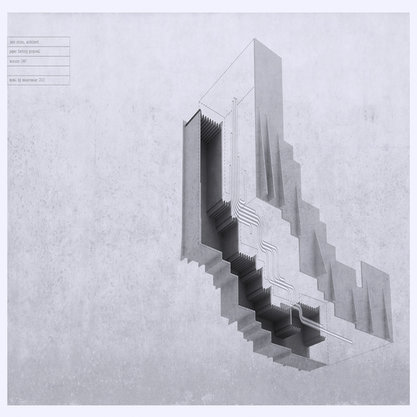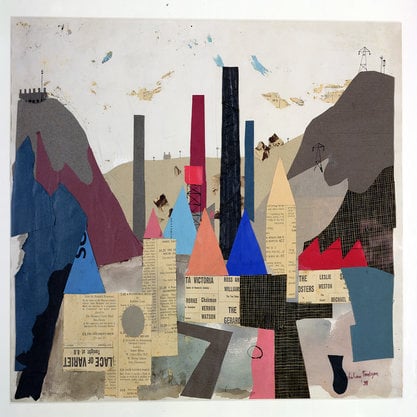Article
Nabaa, Nazir (1938--) By Lenssen, Anneka
Article
Nazir Nabaa, a respected Syrian painter, made his greatest contributions to Arab modern art in the 1960s and 1970s, when he contributed to the graphic identity of progressive political causes and the Palestinian liberation struggle. He joined the Syrian Communist Party in the 1954 and in 1959 was briefly jailed for this affiliation. After his release, he traveled to Cairo on a fellowship to study painting at the Faculty of Fine Arts, there developing a heroic realist style around social and labor themes. After returning to Syria in 1964, Nabaa taught drawing in rural schools and worked with myth and folklife. Moving to Damascus in 1968, he worked as an illustrator and became involved in creative projects in support of political mobilization, including poster design, puppet theater, fine art painting, and art criticism. Between 1971 and 1975, Nabaa studied in Paris at the Academy of Fine Arts. Upon his return, he joined the faculty of the College of Fine Arts in Damascus. His later paintings became more fantastical, combining goddess figures with still lifes of fruits, tapestries, and jewelry. He also developed a parallel corpus of abstract paintings based on the exploration of texture and color.


